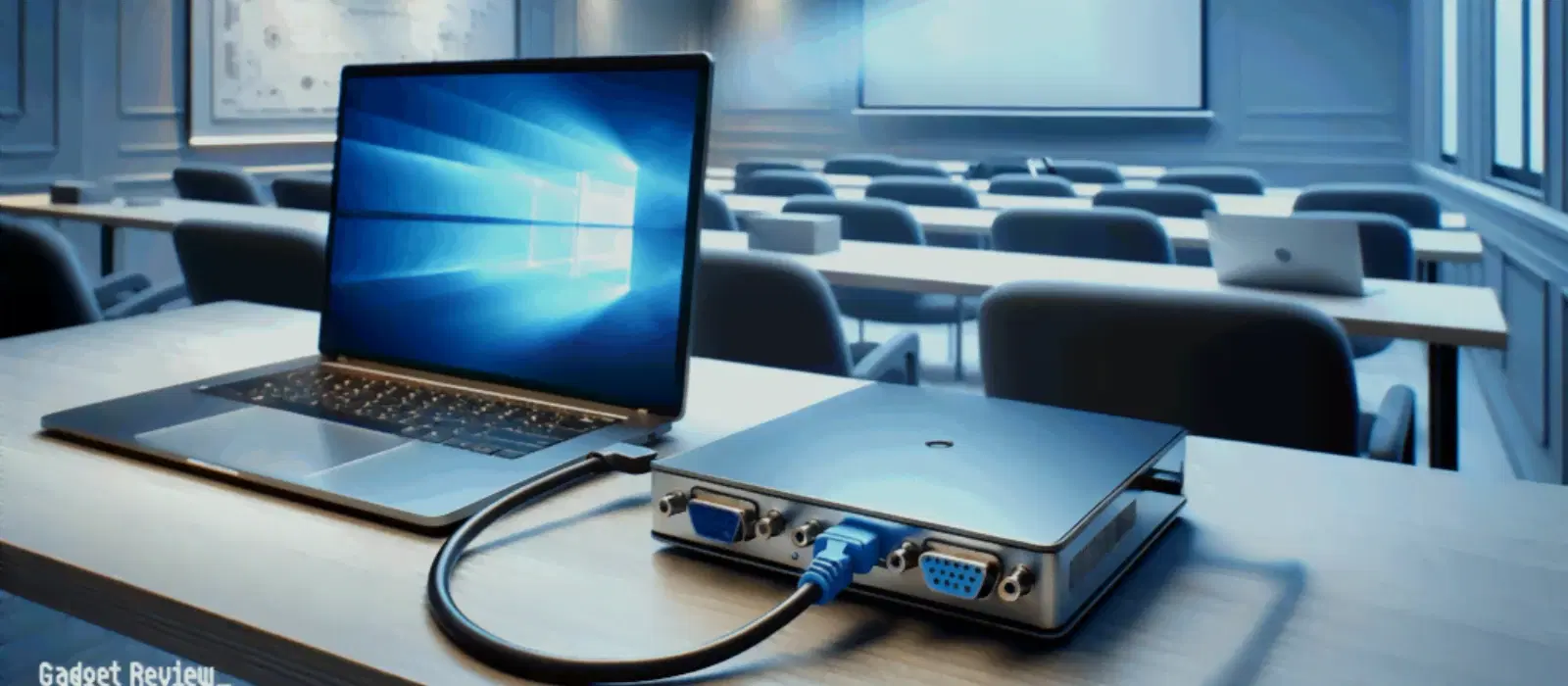
Consumer Electronics
•03 min read
Installing Windows 10 on an Asus laptop may seem challenging at first, but with a clear, step-by-step approach it becomes a straightforward task. Whether you are upgrading, reinstalling, or troubleshooting your operating system, this guide will show you exactly how to install Windows 10 using a USB drive. By following this tutorial, you will learn how to prepare the right tools, configure your BIOS settings, and complete the installation process with confidence.
Using a bootable USB drive is an essential step in installing Windows 10 as it ensures that your Asus laptop reads the installation setup correctly. This method is particularly useful for situations such as upgrading from an older operating system or reinstalling Windows to address performance issues. Creating a bootable USB is both efficient and reliable, serving as your first step towards a seamless installation process.
Before you begin, you will need a USB drive with a minimum capacity of 8GB and the Windows Media Creation Tool. Start by downloading the Windows ISO file. Next, use the Media Creation Tool to transfer the ISO file onto your USB drive, thereby turning it into a bootable device. Make sure you follow the prompts correctly, and always verify compatibility with your Asus laptop. Taking care at this stage minimises errors later on during the installation.
To set up your laptop for a USB boot, you need to access the BIOS. Typically, this is done by pressing the F2 key or the Delete key immediately after starting your laptop. The BIOS interface might seem overwhelming at first, but focus on the boot or startup settings where changes are essential for this process.
Once inside the BIOS, locate the boot order settings. Move your USB drive to the top of the boot sequence and save your changes before exiting. If your USB drive is not recognised, double-check the connection, ensure the drive is correctly formatted and that you have correctly created the bootable USB. This step is crucial in launching your laptop directly from the USB drive during restart.
With your bootable USB ready and BIOS correctly configured, restart your laptop. During the boot-up process, you should see an option to launch the USB device. Follow the on-screen instructions to select the USB from the boot menu. The display may vary slightly depending on your model, so be patient and ensure you follow the prompts accurately.
After successfully booting from the USB, the Windows 10 installation wizard will launch. Start by selecting your language, time and currency format, and keyboard settings. Continue through the wizard by choosing whether to create new partitions or select an existing one. Ensure that you choose the correct drive to avoid accidental loss of data. Following these steps precisely will help you finalise the installation without any hiccups. Taking your time at each prompt is the safest way to ensure a successful setup.
Pro Tip: Optimize Your USB Boot Process
Always use a high-quality USB drive and ensure it's formatted correctly before creating a bootable Windows installation. This minimises errors and speeds up the installation process.
If your laptop does not recognise the USB drive, verify that the drive is functional and formatted properly. Double-check the BIOS settings to confirm that the USB drive is set as the priority boot device. In some cases, trying a different USB port or even another USB drive can resolve the issue.
During the installation, you may encounter errors such as a message stating that the system cannot find any drives. This may be due to missing drivers or an issue with the partition setup. Carefully review the steps, and if necessary, adjust the partition settings or load the relevant drivers provided by Asus to ensure smooth installation.
Once the installation is complete, Windows 10 will prompt you to set up your user accounts, configure privacy settings, and install important updates. This is also an ideal time to install essential drivers and software recommended for Asus laptops. Completing these steps will ensure that your system is optimised for performance and reliability.
After successfully installing Windows 10, consider creating a recovery point or system backup. This measure will protect you against future mishaps, making troubleshooting much easier if issues arise later. A solid backup strategy is key to a trouble-free computing experience.
Restart your laptop, press F2 or Delete to enter BIOS, and adjust boot priority to USB. Save changes and restart.
Create a bootable USB, configure BIOS settings, boot from USB, and follow the installation wizard.
Use a bootable USB, set USB as the primary boot device in BIOS, and proceed with the Windows installation process.
Access BIOS, enable USB boot priority, and restart your computer with the USB inserted.
This guide has provided a clear and manageable approach to installing Windows 10 on your Asus laptop. From preparing a bootable USB and adjusting BIOS settings to troubleshooting common issues and ensuring your system is secure post-installation, you are now equipped with the knowledge to complete the process successfully. Explore more about enhancing your digital lifestyle and take advantage of rewards like NeuCoins while you shop smartly on Tata Neu. Remember, reliable support and additional insights are always available through our extensive consumer electronics resources.